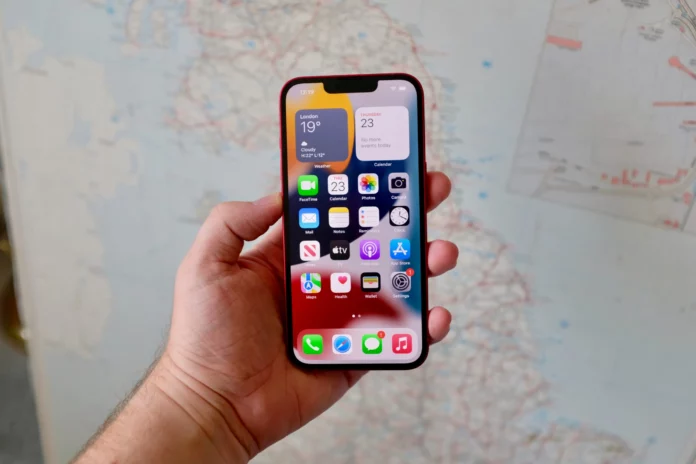Mobile consumers are spending more time than ever before on applications. Furthermore, the market of ecommerce mobile apps is rapidly expanding. With so many consumers shopping on mobile devices, businesses must ensure that their online stores meet their demands.
The market has altered dramatically. They enjoy cool apps and do not want to be compelled to purchase anything they do not want or need. When it comes to shopping, they want convenience and simplicity.
If you want to stay ahead of the competition and develop your business, you need to invest in a mobile app that meets the demands of your clients.
Here are the top 6 tips to improve your Mobile eCommerce development process:
1. Optimize Your App To Be As Fast As Possible.
Slow loading times on mobile devices are frustrating for customers, which can have a negative impact on their experience. The amount of time it takes for your mobile app to load is called latency, and if you’re not optimizing this part of your app, then you could lose out on sales or, even worse: drop-offs!
2. Compatibility with multiple devices.
You can’t expect to have a successful mobile eCommerce store if you only have one version of your site or app. You need to ensure that the platform works on the most popular devices and operating systems, as well as consider the different screen sizes people use when browsing apps on their phones or tablets. It means ensuring your site looks great on Android smartphones and iPhones. Also, optimizing your eCommerce mobile app for all sorts of different Android versions is crucial (from 2nd generation onwards)
- Use Analytics Software
Analytics software is a great way to gain insights into how users use your app. It will improve your eCommerce development process. If you can identify what features are most popular and which aren’t, it will help you understand where improvements could be made. By seeing which features users love and dislike, it makes it easier for you to decide what kind of content should be added or removed from future updates.
4. Keep The Checkout Simple & Quick
There are a few ways you can allow users to save their payment credentials for faster checkout in the future. The first is by providing an option for users to set up a password or PIN that they can use when making purchases. This way, customers won’t have to re-enter their information each time they want to purchase something online, which also helps increase your sales numbers!
5. Nail Down the User Experience
Another thing to consider during the eCommerce development process is the user experience. This is the sum total of your app’s interactions with users, from registration to checkout to complete a purchase. It’s important to go beyond just the user interface—you need to understand their journey through your app and ensure that you’re giving them a great experience.
Use analytics software like Google Analytics or Mixpanel to track how visitors use each feature in your mobile eCommerce app. Look at things like retention rates (how long does someone stay on your site?) and abandonment rates (did they click out before completing an order?). These stats will help guide future updates by showing which features are doing well or poorly relative to other similar apps in the marketplace, which can save time when planning future versions of yours!
6. Don’t clutter the screen with lots of text or graphics.
Don’t clutter the screen with lots of text or graphics. There are a few things to keep in mind when designing your eCommerce mobile app:
- Use images and short descriptions, not long paragraphs of text.
- Avoid using too many buttons or links on a single screen, as this can make it difficult for users to navigate around your site.
- Keep color palettes simple and use only one main font type (for example, Arial). This will help you avoid having too many different fonts on your site, which can confuse users who may have trouble reading them all at once!
Once you’ve created an attractive design for your eCommerce mobile app, make sure that everything fits together properly by testing it out with several different devices before releasing it publicly.”
Conclusion
It is not enough to simply have an eCommerce mobile app; it must also function properly and generate revenue for you with each converted user. We hope that our advice has helped you find the correct path for app marketing. Best wishes!
Apart from that, if you are interested to know about Python Frameworks List For Mobile App Development then visit our Tech category.

















